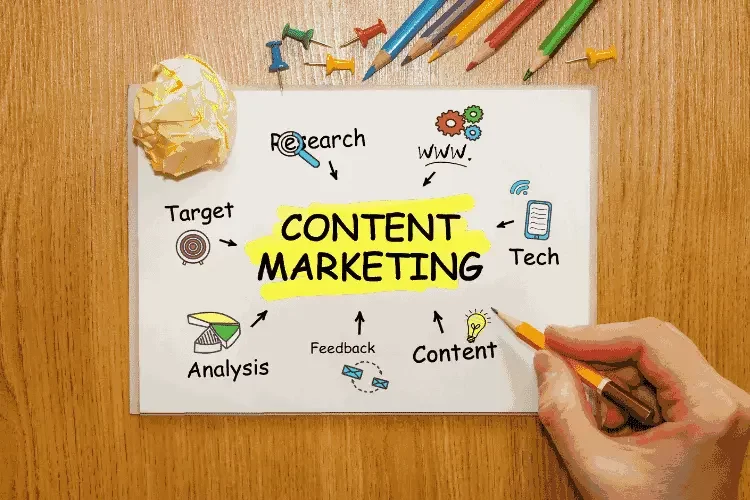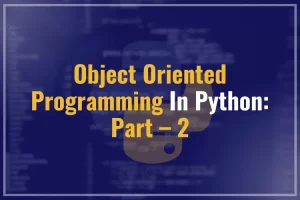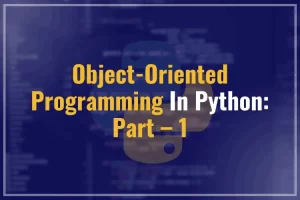To provide a clear roadmap for content development, your Content Marketing Strategy should detail your goals, plans, and activities. We’ve laid down a simple 7-step plan for creating your content marketing plan:
1. Goal
The first step in any planning process is identifying the result you hope to achieve. Moreover, having a defined objective makes it simpler to evaluate the performance of your content marketing efforts and sharpens your focus.
Increasing revenue, marginal returns, or profits are all examples of business objectives that inform a content marketing strategy. Improving the website’s conversion rate or getting more visitors to stay on the page are two examples of more narrowly focused e-commerce targets. Moreover, brand recognition and search engine rankings are just two examples of broad marketing and online marketing objectives that could form the backbone of a successful Content Marketing Strategy.
Creating content with distinguishable features is also a key objective. To stand out from the competition, your material needs to highlight what makes your business, brand, team, and goods exceptional.
Your goal should be “S.M.A.R.T.,” that is
- Specific
- Measurable
- Action-oriented
- Realistic
- Time-sensitive
2. Target audience
The internet has reached the majority of the world’s population. Attempting to please everyone’s tastes is impossible. Moreover, if you don’t know who you’re writing for, you can’t expect your content to resonate with them or be successful. Furthermore, understanding and identifying your intended audience is crucial.
The greater the effort put into analyzing and segmenting your target audience and using their demands and segment specs as the basis for your Content Marketing Strategy, the better the results of your content marketing efforts will be. For instance, do you know which devices your readers use? Have you analyzed the most often used keywords or the most talked about subjects on social media? These and other characteristics of your target audience provide a solid basis for building engaging and informative content.
Limiting yourself to one demographic is unnecessary: There may be synergy between different target audiences depending on your objective. There can be both a primary and secondary audience that you’re writing for and hoping to engage with your latest posts. To better tailor the material, you should reflect your target audience in personas. Writing for a single, well-defined reader is much less daunting than writing for a broad, faceless audience.
Use the proper analysis techniques to identify and categorize the target audience. You can learn a lot from tools like Google Analytics and Facebook Insights. It takes more time and energy, but the results of a customer survey conducted via email, in person, or over the phone are well worth it.


























